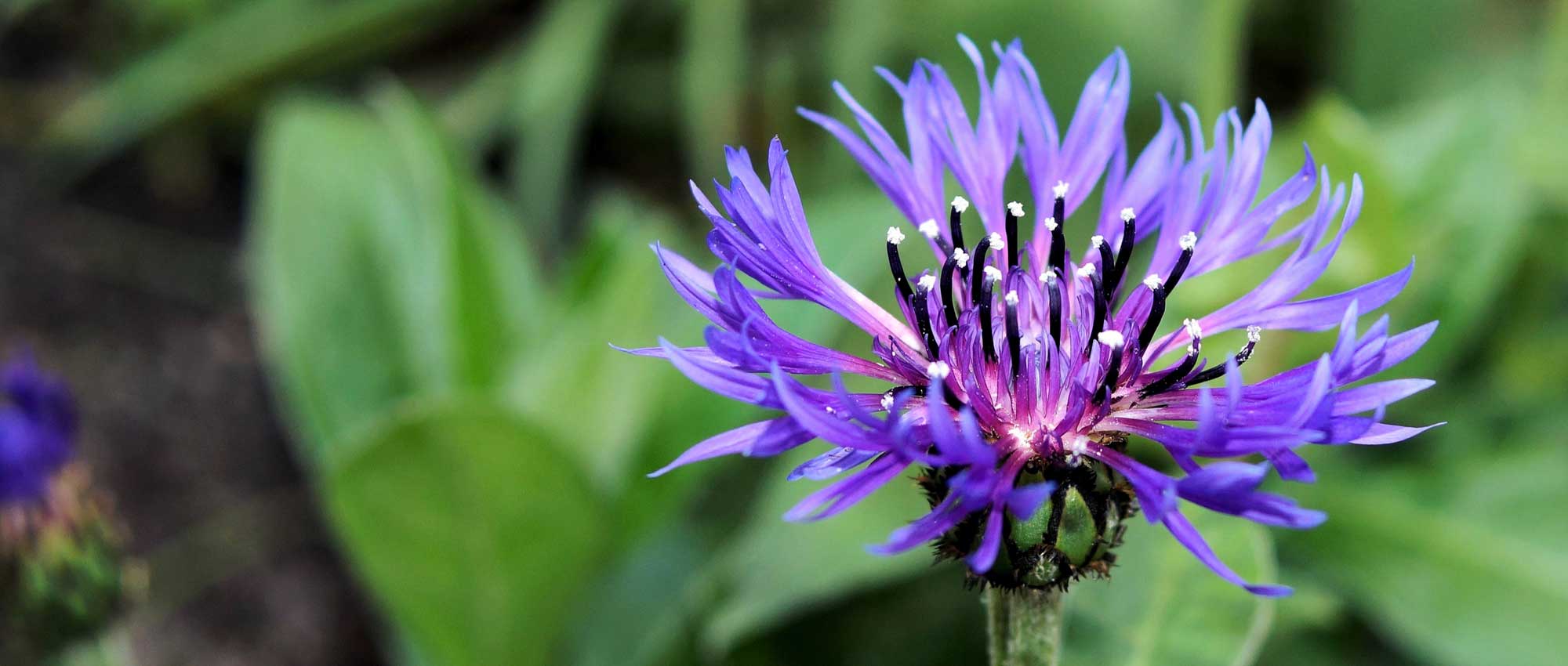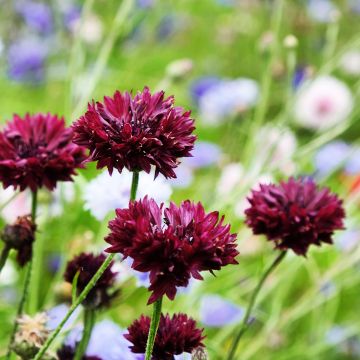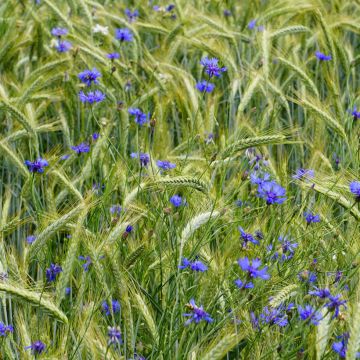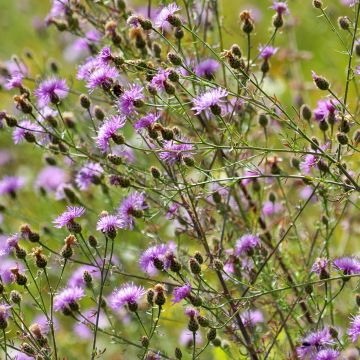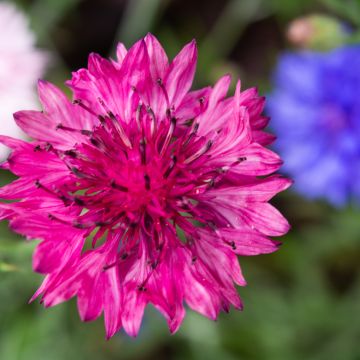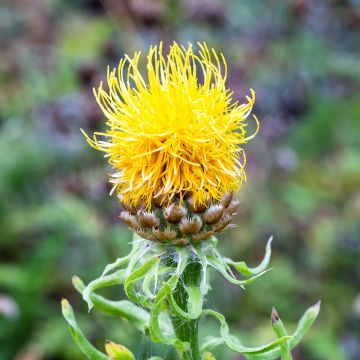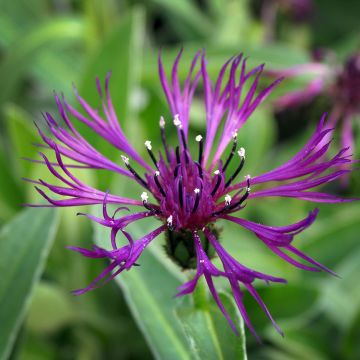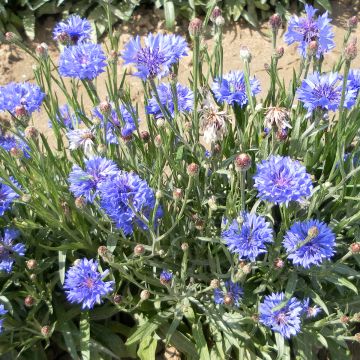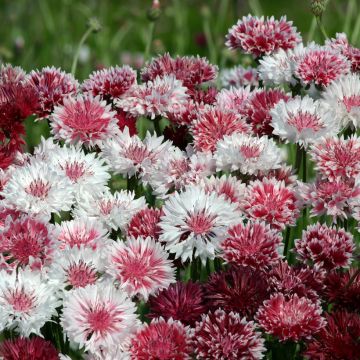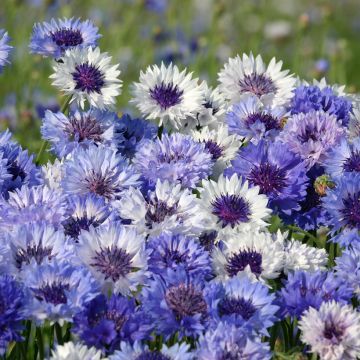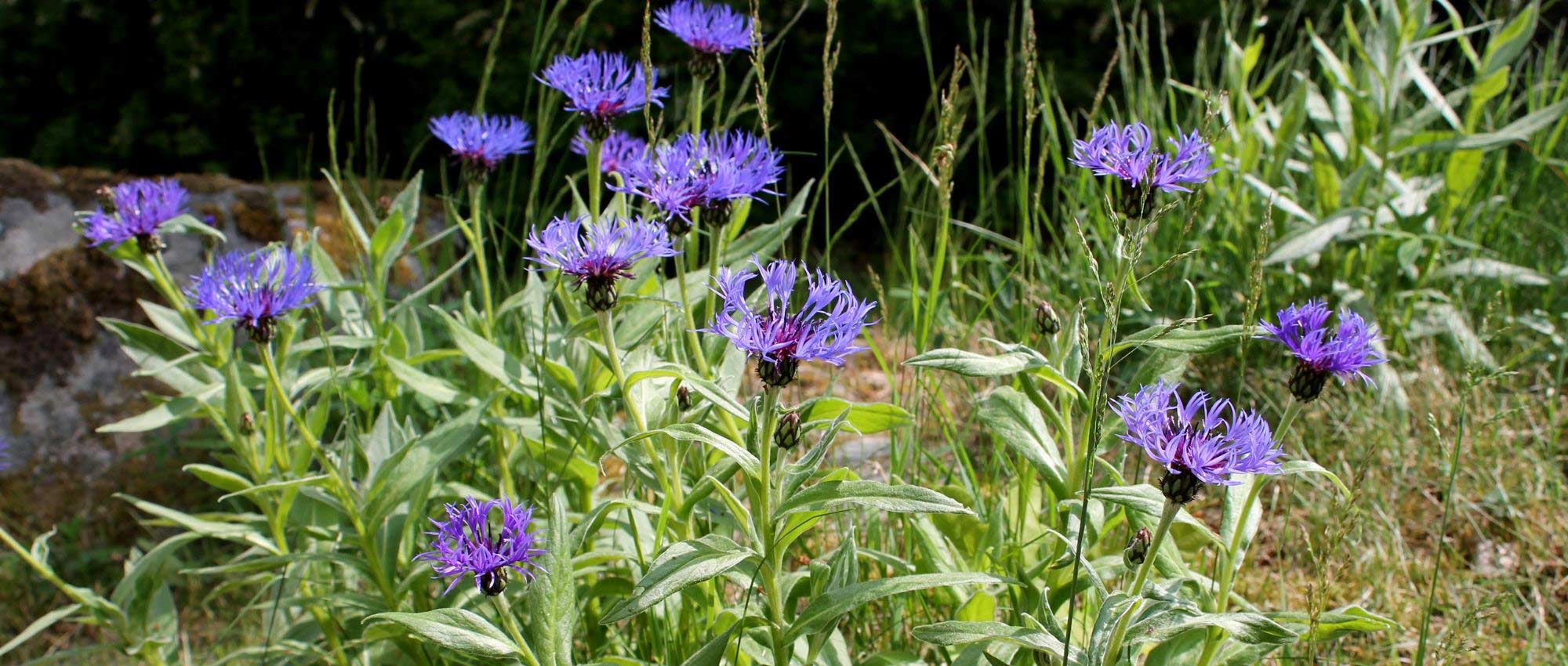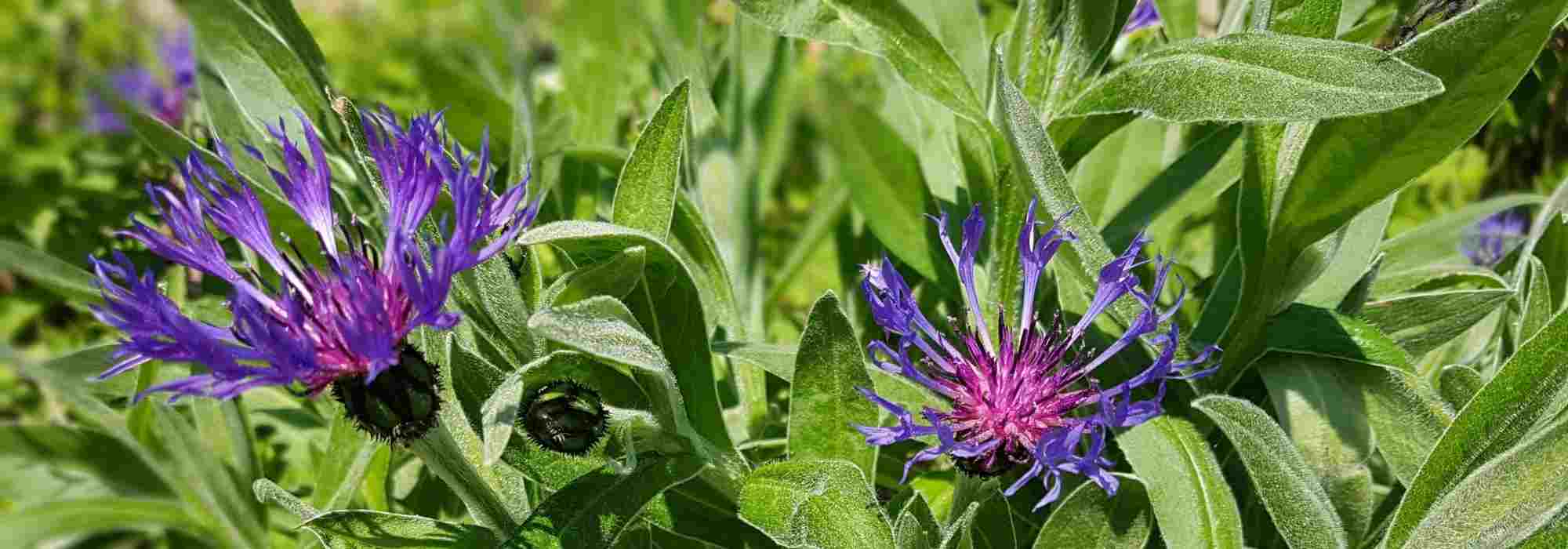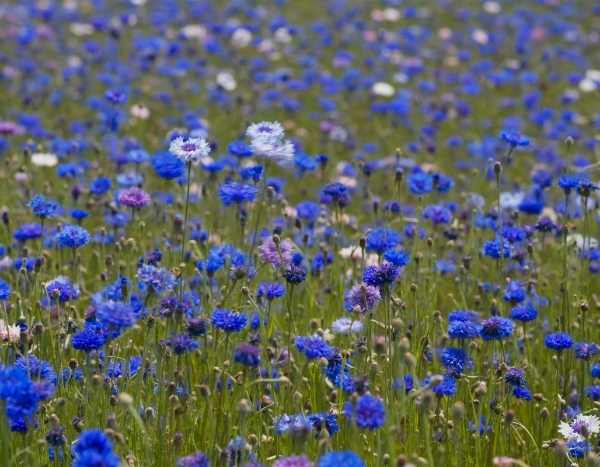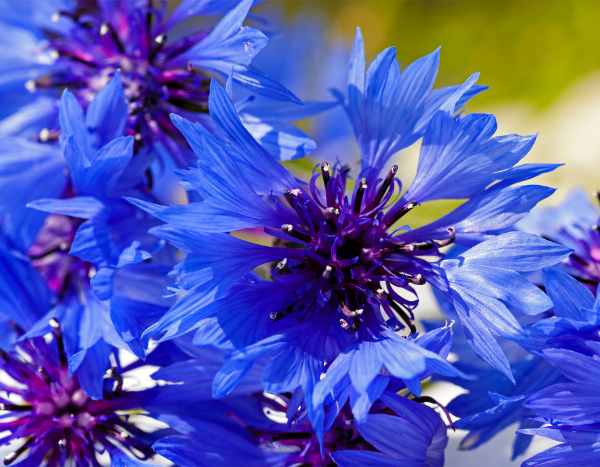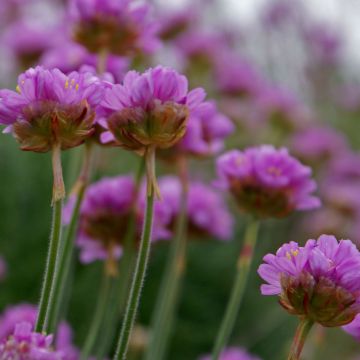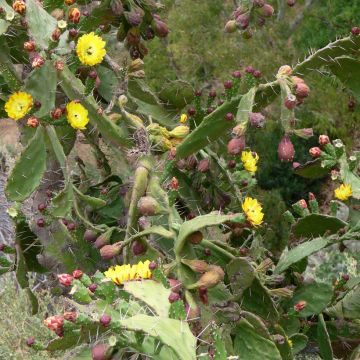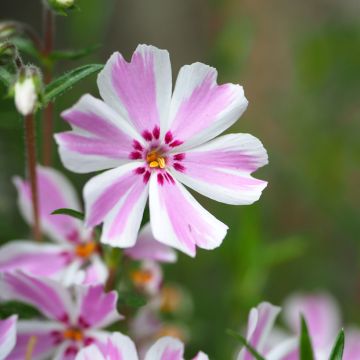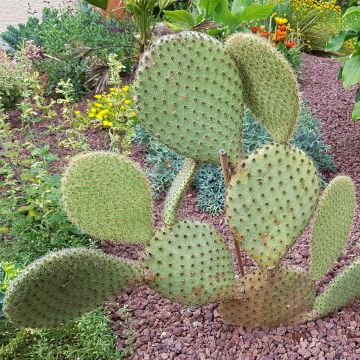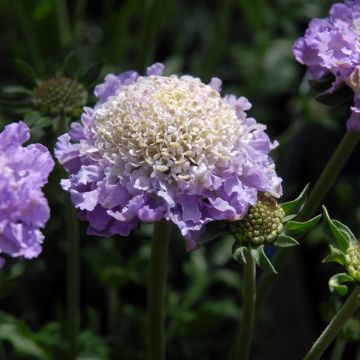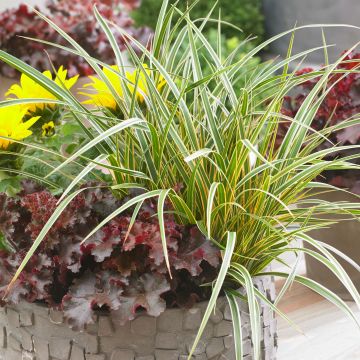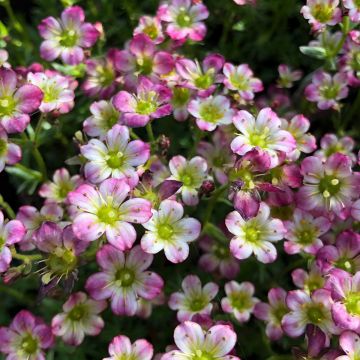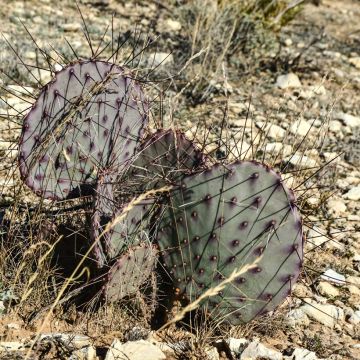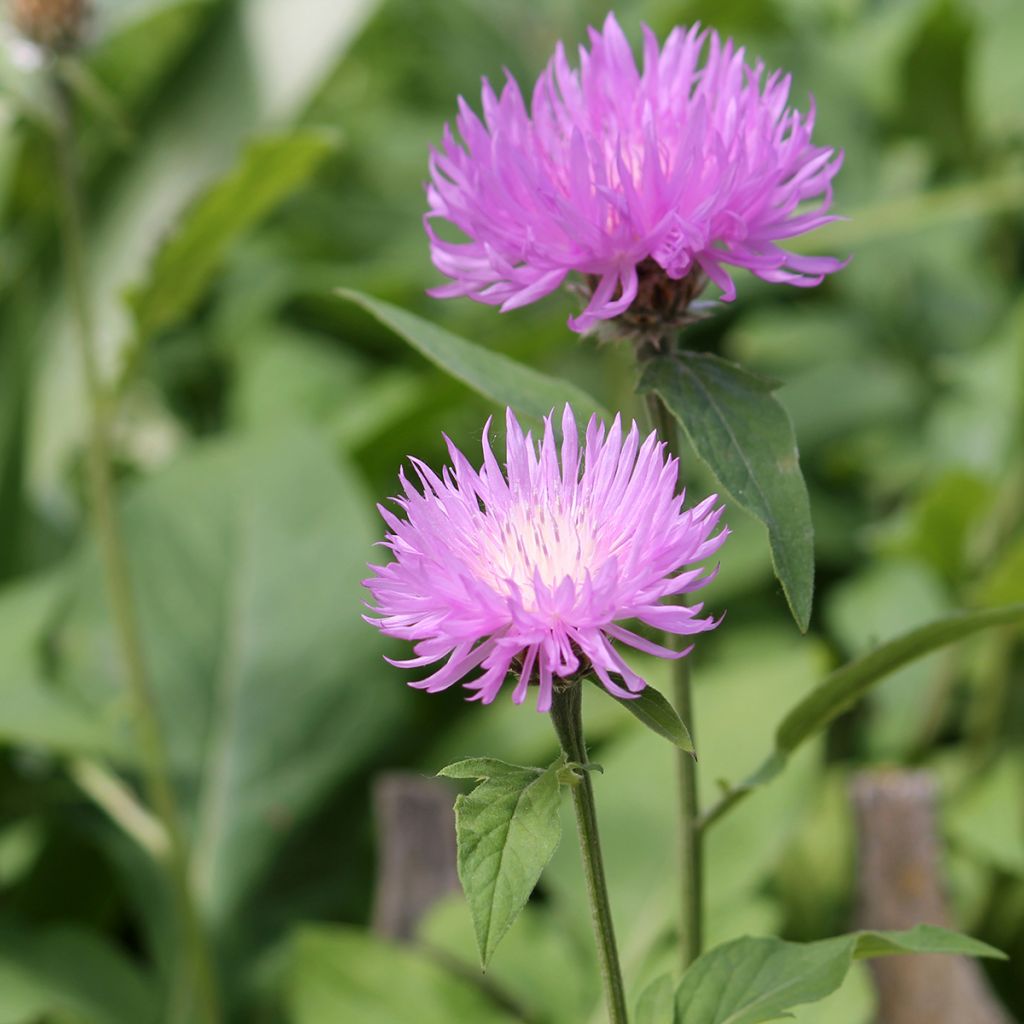

Centaurea dealbata
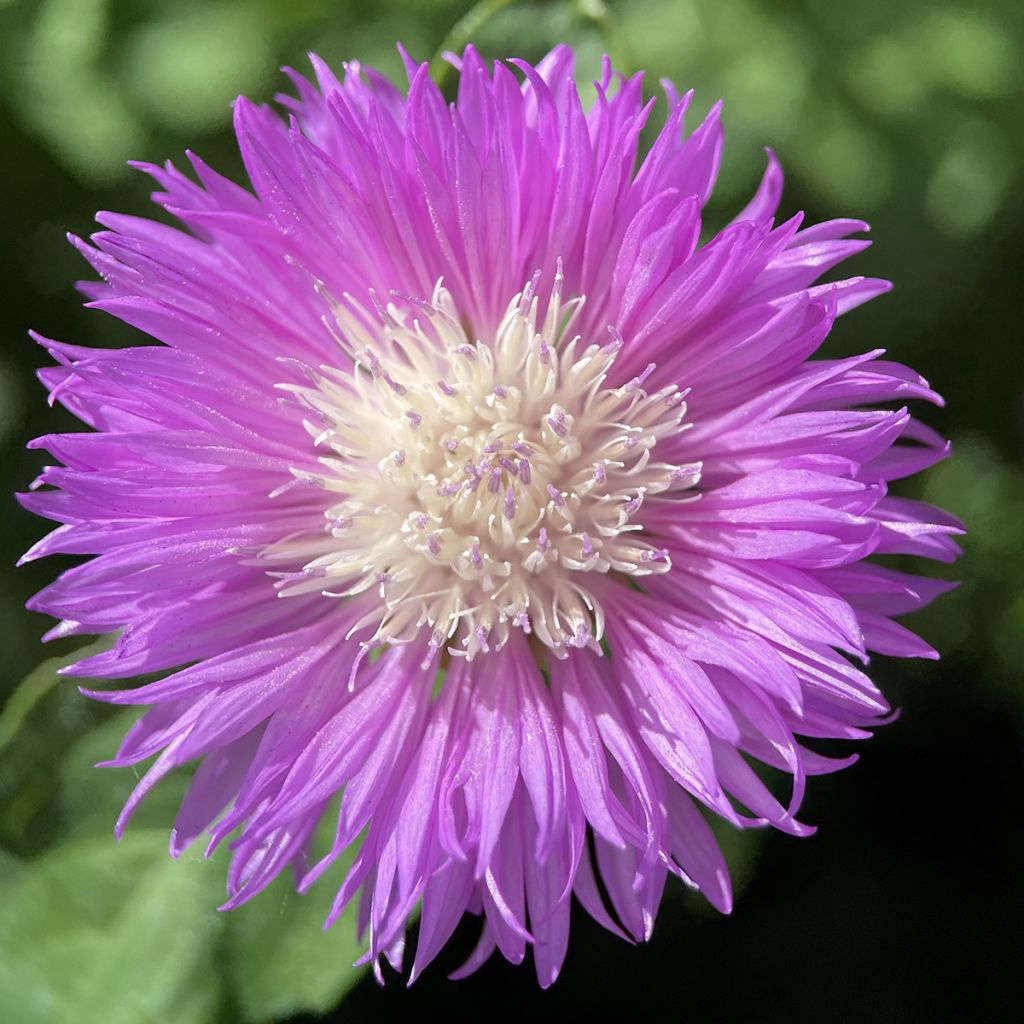

Centaurea dealbata
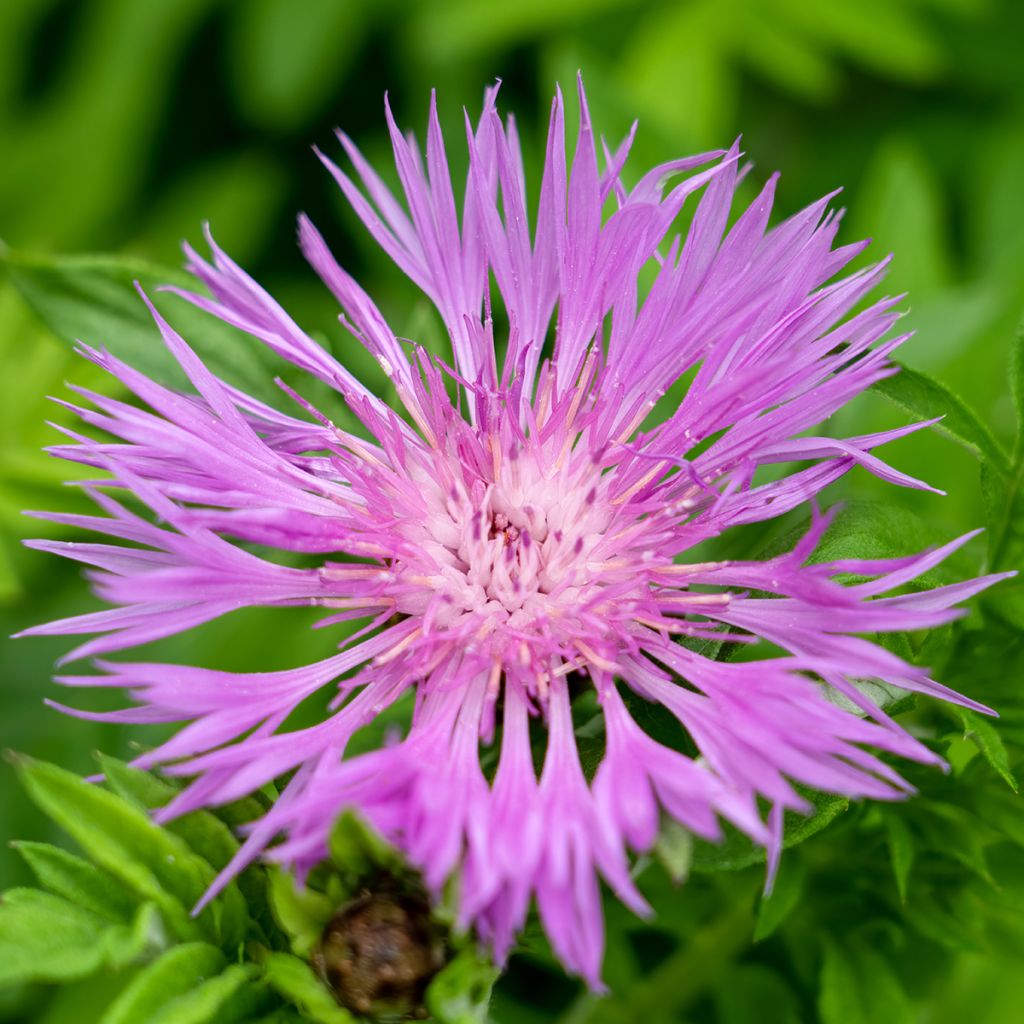

Centaurea dealbata
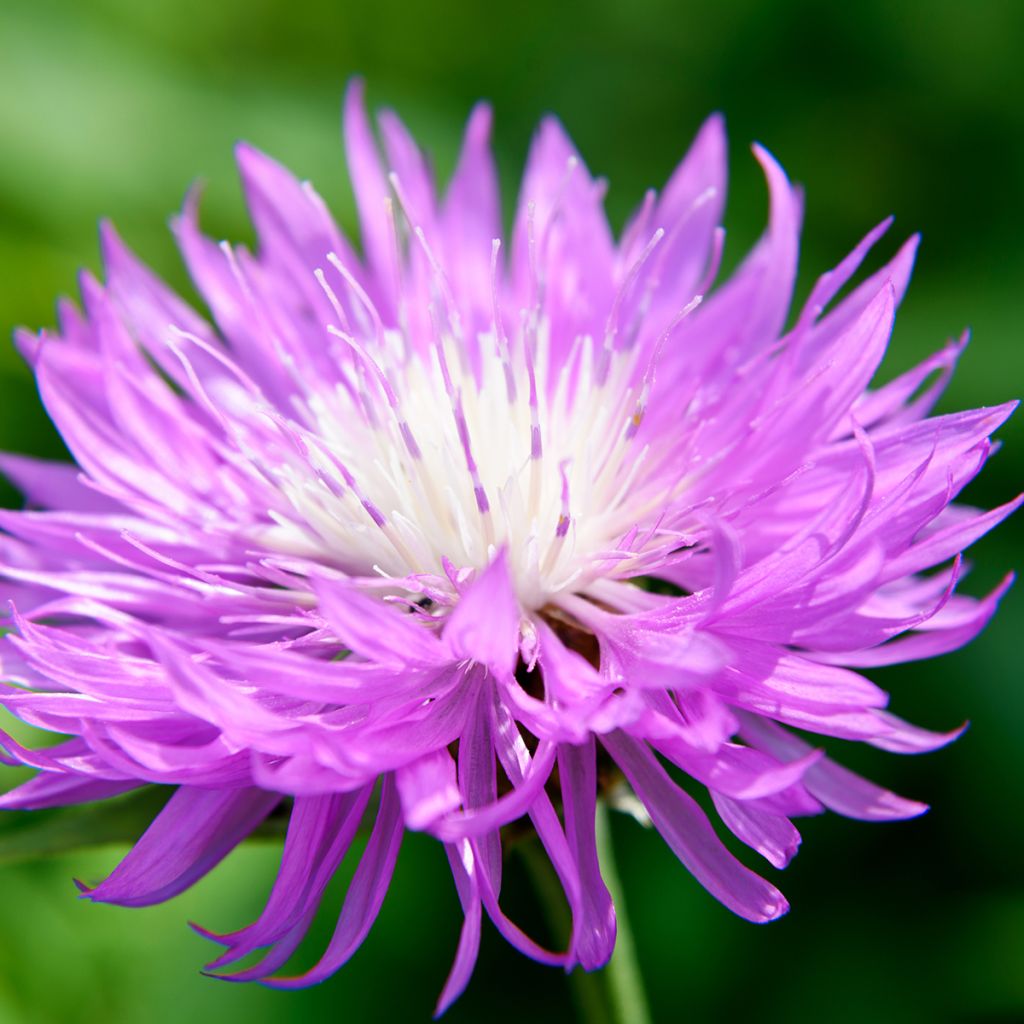

Centaurea dealbata
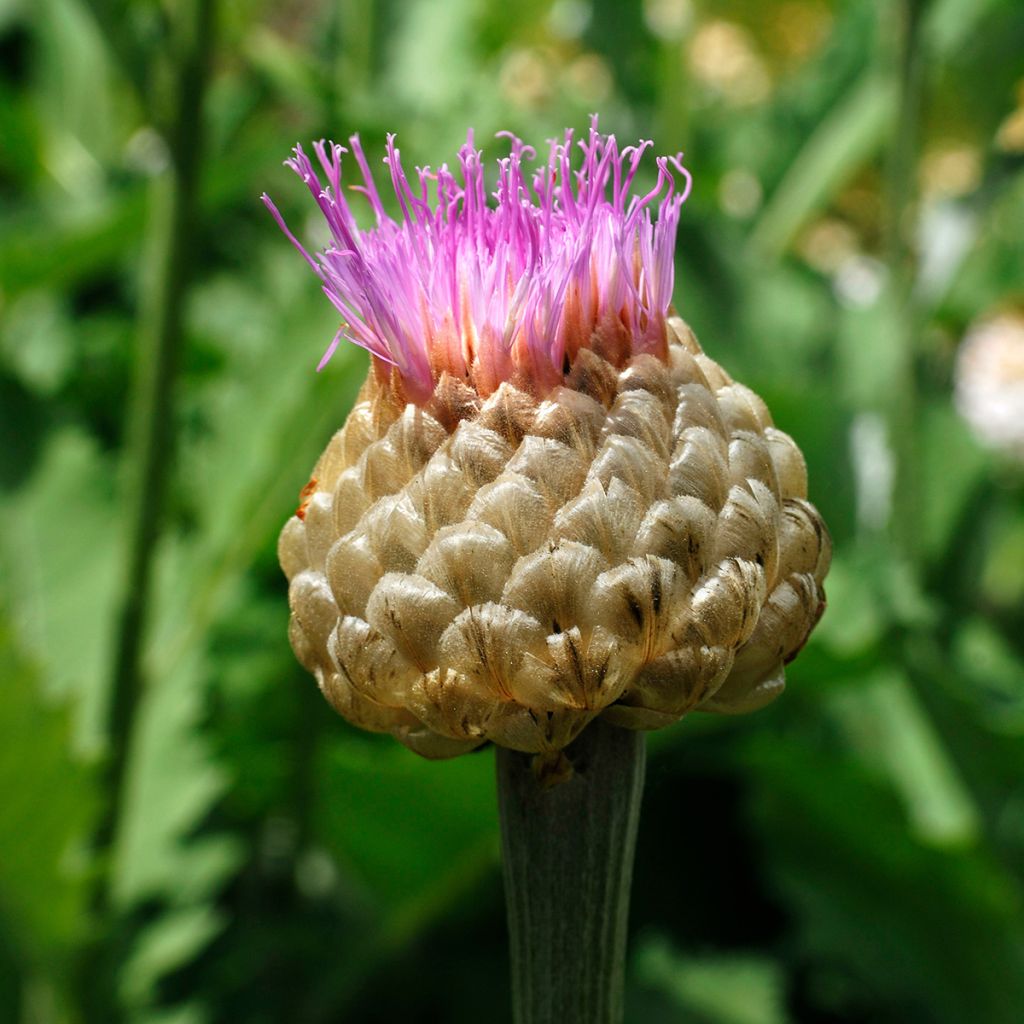

Centaurea dealbata
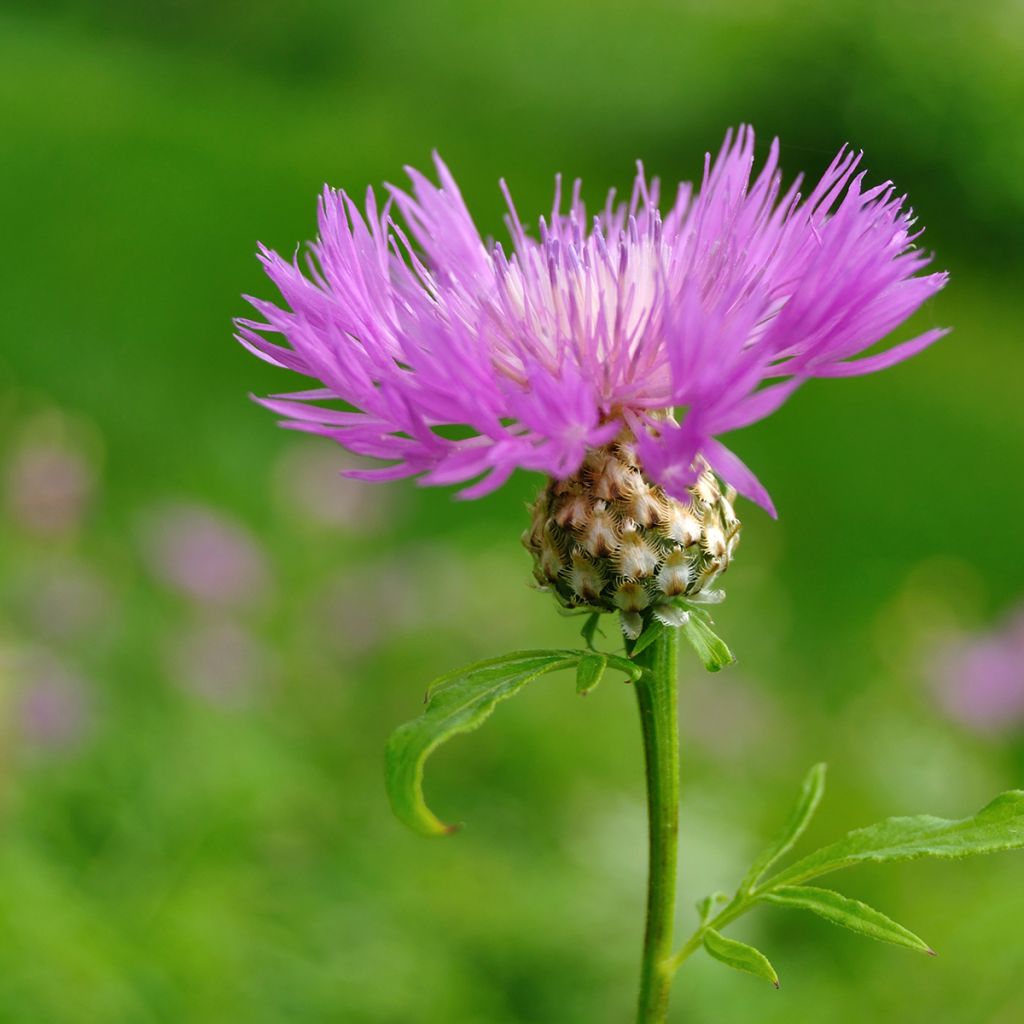

Centaurea dealbata
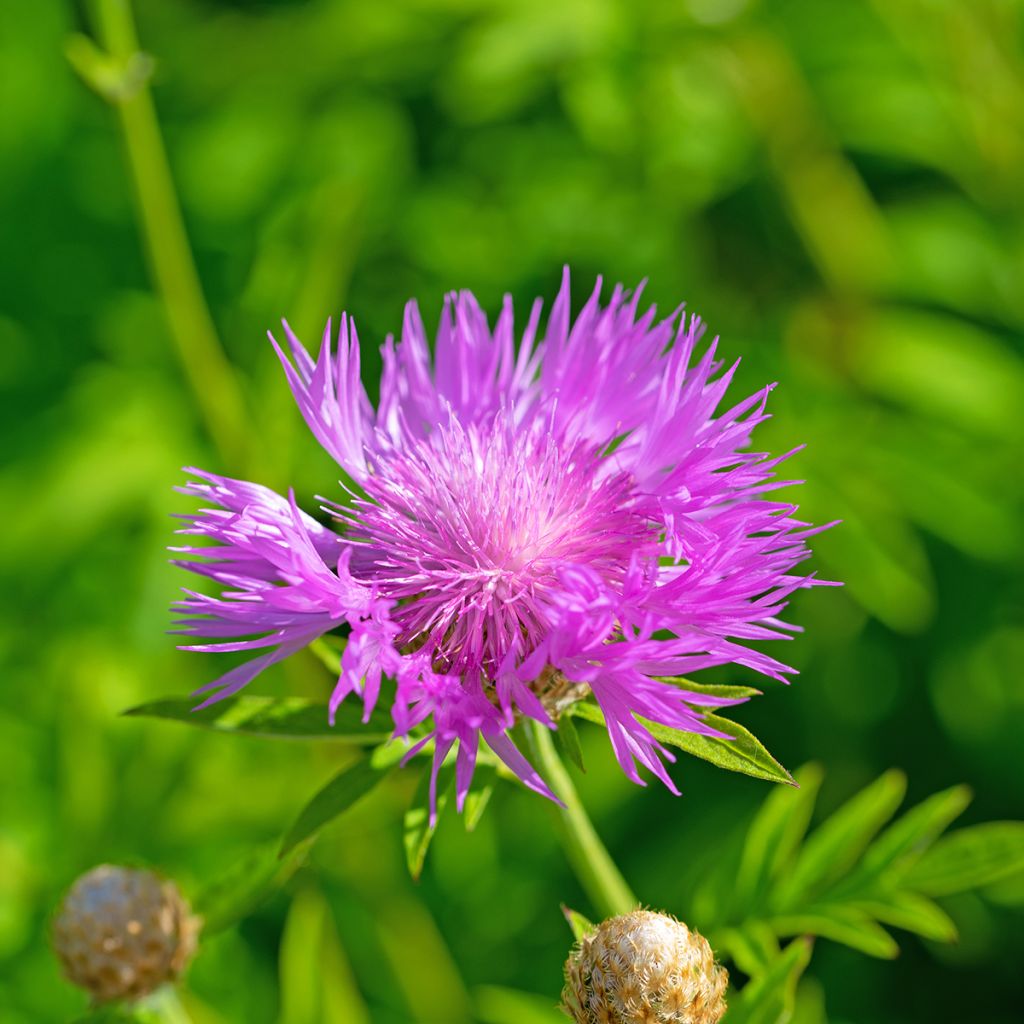

Centaurea dealbata
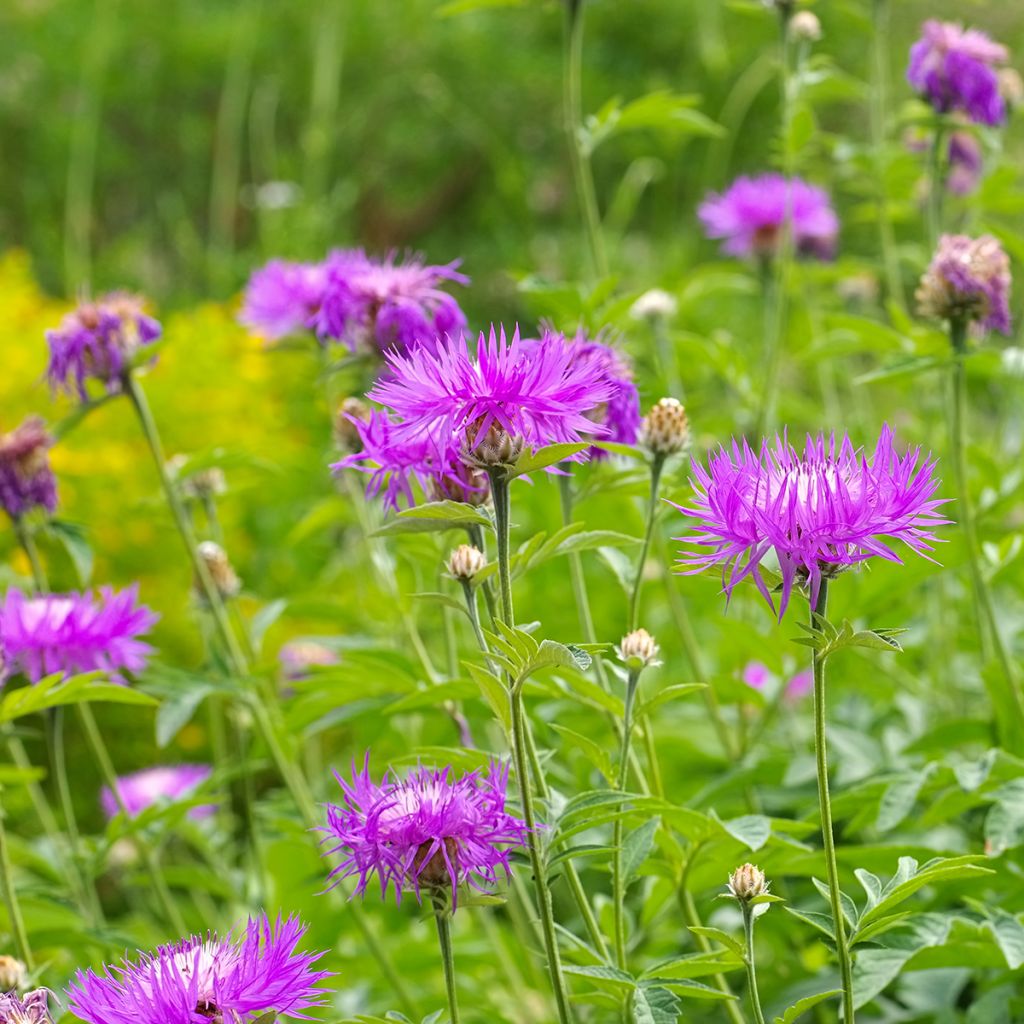

Centaurea dealbata
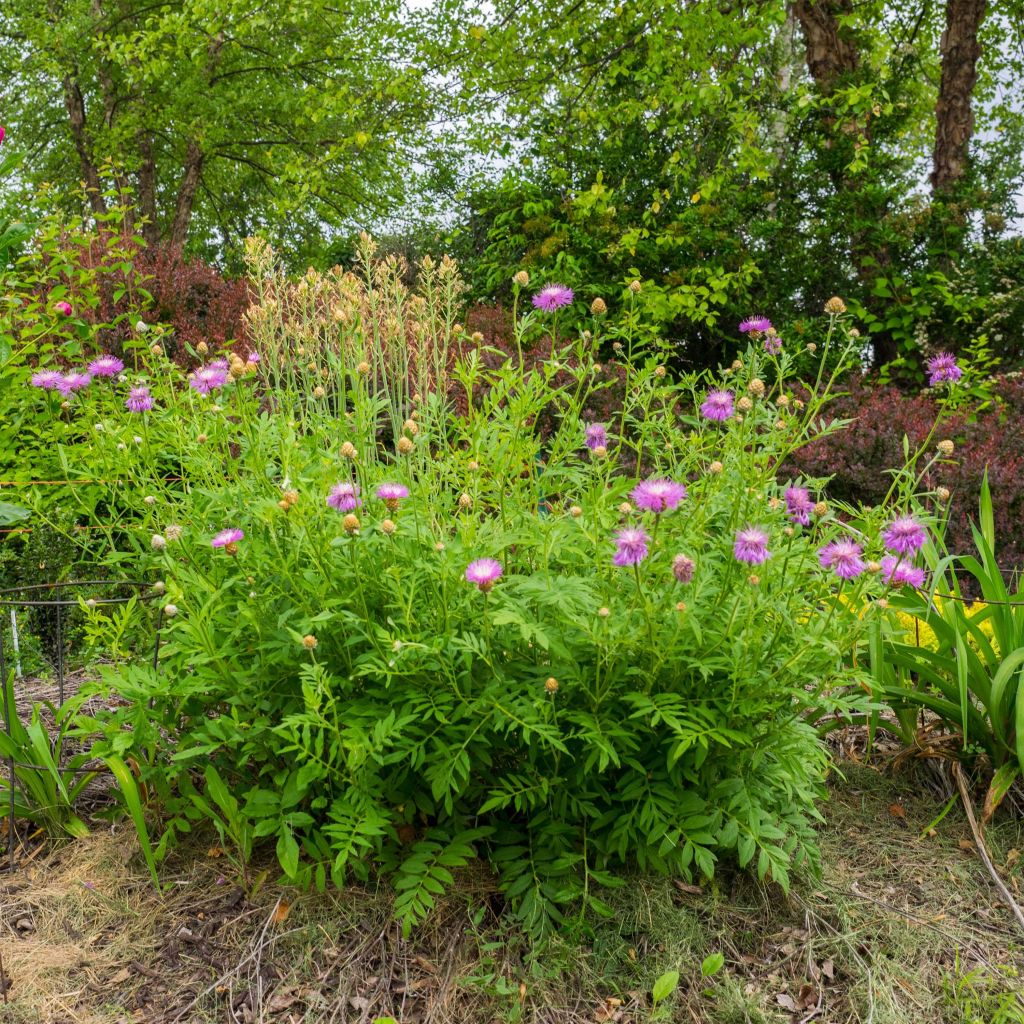

Centaurea dealbata
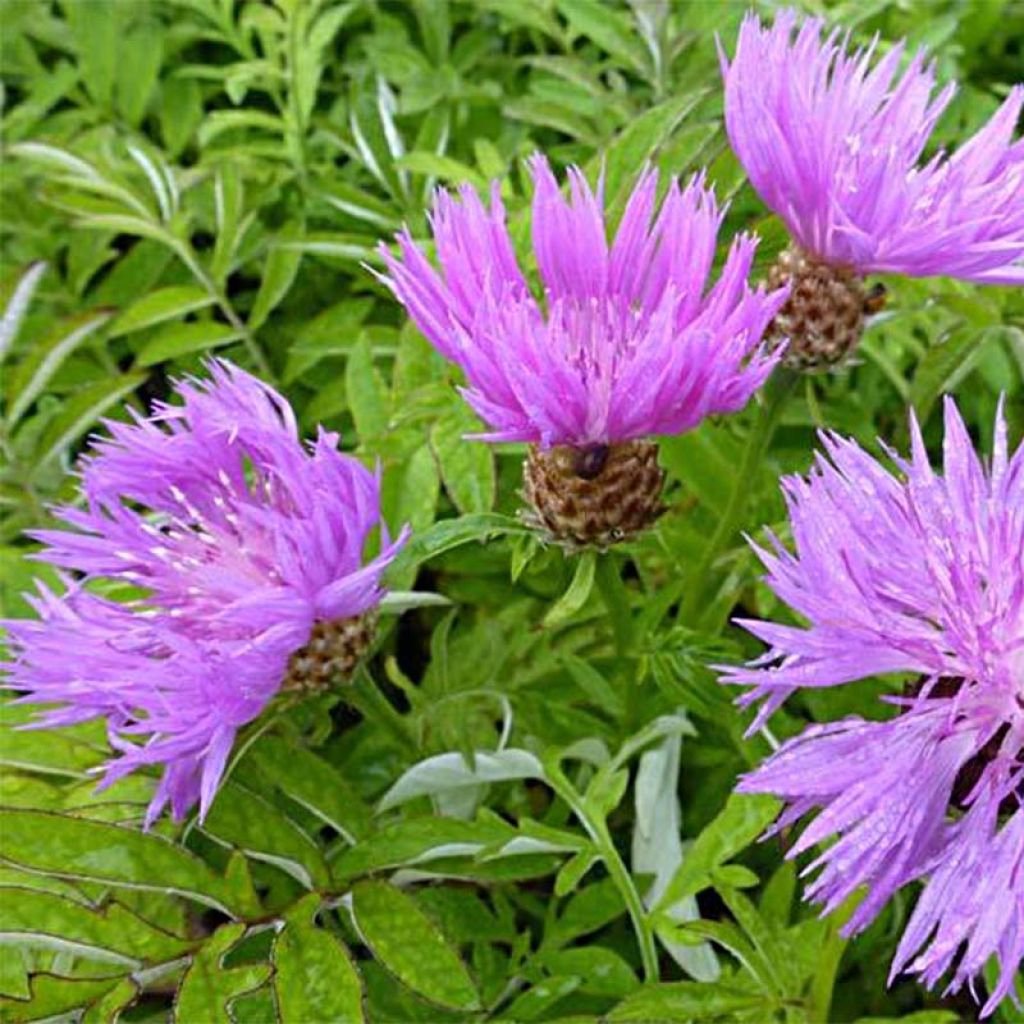

Centaurea dealbata
Centaurea dealbata
Centaurea dealbata
Mealy centaury, Persian cornflower, Whitewash cornflower
The plants arrived in excellent condition, beautiful and vigorous. Today, the recovery is not quite fantastic. I will have to wait until next year, as it performs less well in general during the hot season. This is the case for all the centaureas.
Emilie, 18/09/2024
Special offer!
Receive a €20 voucher for any order over €90 (excluding delivery costs, credit notes, and plastic-free options)!
1- Add your favorite plants to your cart.
2- Once you have reached €90, confirm your order (you can even choose the delivery date!).
3- As soon as your order is shipped, you will receive an email containing your voucher code, valid for 3 months (90 days).
Your voucher is unique and can only be used once, for any order with a minimum value of €20, excluding delivery costs.
Can be combined with other current offers, non-divisible and non-refundable.
Home or relay delivery (depending on size and destination)
Schedule delivery date,
and select date in basket
This plant carries a 12 months recovery warranty
More information
We guarantee the quality of our plants for a full growing cycle, and will replace at our expense any plant that fails to recover under normal climatic and planting conditions.

Does this plant fit my garden?
Set up your Plantfit profile →
Description
Centaurea dealbata, also known as Persian cornflower, is a cousin of the cornflower, but it is taller and its flower heads are beautifully coloured in deep carmine-pink and highlighted with white in the centre. The plant forms a clump of greyish-green leaves with a white and woolly underside. It is a hardy perennial that looks stunning in borders and slightly wild flower beds. It grows easily in ordinary soils, even poor, occasionally dry and rocky ones. It is also a beautiful cut flower.
Native to the mountains of the Caucasus and northern Iran, Centaurea dealbata is an herbaceous perennial plant of the Asteraceae family. This flowering plant reaches a height of 70 to 90cm (28 to 35in) and develops into an erect and dense clump, covered with beautiful dense foliage deeply cut into narrow, pinnate lobes. The slightly hairy foliage is light green with a touch of grey, and is almost silvery on the underside. From June to July, and sometimes again in late summer, inflorescences appear in flower heads resembling cornflowers, 4 to 5cm (2in) wide. These flower heads display a bright carmine-pink to lavender-pink hue, with a paler centre. The nectar-rich and honey-rich flowering attracts many pollinating insects. It is a long-lived perennial that can self-seed in light soil.
Of medium stature, Centaurea dealbata is particularly well suited to perennial borders. It forms patches of vibrant and remarkable colour that will blend well with catmints, globe thistles, ixias (corn lilies), and godetias. It will also look good in a meadow. In this setting, centaureas can be mixed with grasses, sainfoin, phacelia, borage, agrimony, corn marigolds, California poppies, cosmos, and Damask nigellas. The rule of thumb is that the poorer the soil, the more dazzling the effect. It will also be beautiful and perform well in a rock garden. It is an excellent cut flower, for both dried and fresh bouquets.
The name Centaurea comes from the centaur Chiron, who used the flowers of this plant to heal a gaping wound caused by an arrow dipped in the Hydra's blood. This plant now bears his name as the genus name. The specific epithet 'dealbata' is derived from the Latin verb 'dealbare', meaning "to become white", referring to the silver underside of its leaves.
Centaurea dealbata in pictures
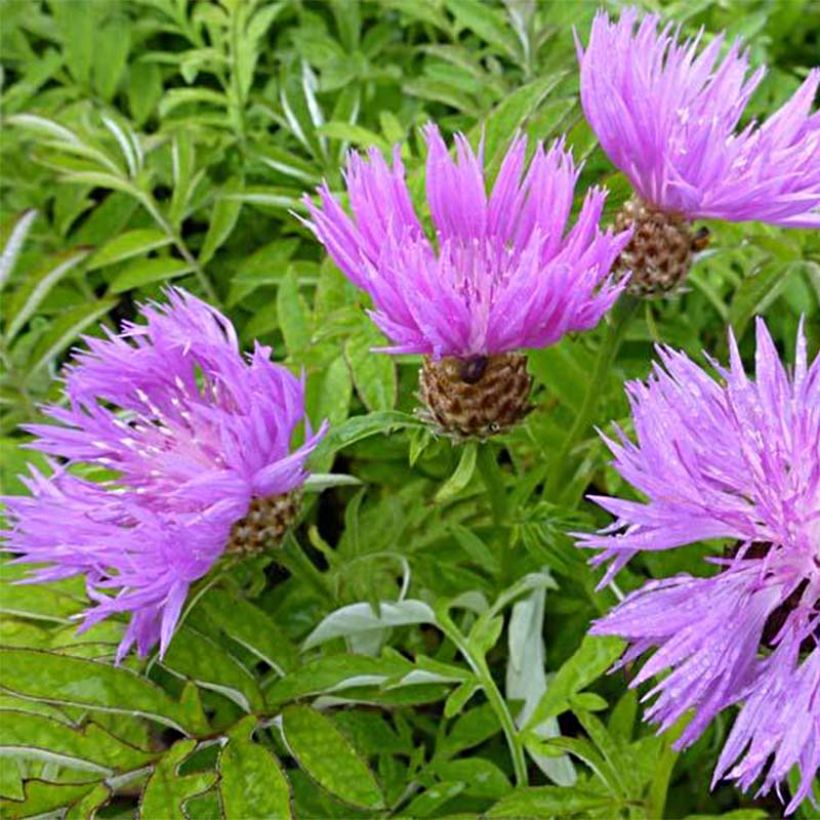

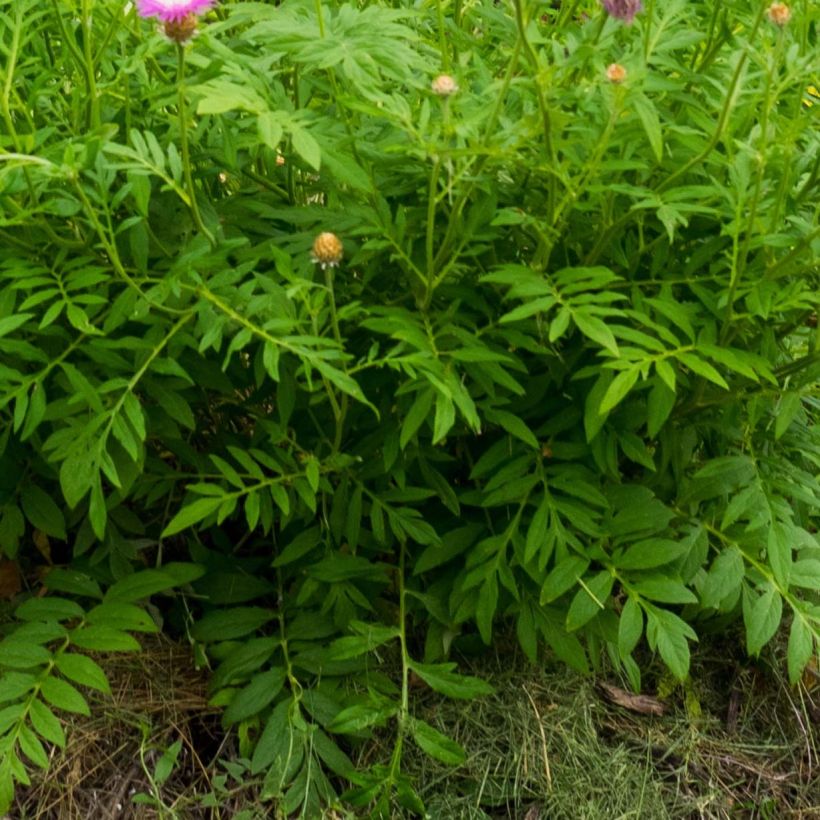



Flowering
Foliage
Plant habit
Botanical data
Centaurea
dealbata
Asteraceae
Mealy centaury, Persian cornflower, Whitewash cornflower
Central Europe
Other Centaurea
View all →Planting and care
Centaurea dealbata tolerates well-drained, ordinary, light, even poor and chalky soil. It appreciates full sun. This plant thrives in moderately moist to moderately dry soil in summer, but is wary of winter moisture. It is highly adaptable and tolerates short periods of drought and urban pollution quite well. Removing faded inflorescences will encourage flower renewal. Robust and hardy, this plant will thrive in most soil types, in all regions. The plants can be heavily pruned in summer to maintain a compact habit.
Planting period
Intended location
Care
Planting & care advice
-
, onOrder confirmed
Reply from on Promesse de fleurs
Similar products
Haven't found what you were looking for?
Hardiness is the lowest winter temperature a plant can endure without suffering serious damage or even dying. However, hardiness is affected by location (a sheltered area, such as a patio), protection (winter cover) and soil type (hardiness is improved by well-drained soil).

Photo Sharing Terms & Conditions
In order to encourage gardeners to interact and share their experiences, Promesse de fleurs offers various media enabling content to be uploaded onto its Site - in particular via the ‘Photo sharing’ module.
The User agrees to refrain from:
- Posting any content that is illegal, prejudicial, insulting, racist, inciteful to hatred, revisionist, contrary to public decency, that infringes on privacy or on the privacy rights of third parties, in particular the publicity rights of persons and goods, intellectual property rights, or the right to privacy.
- Submitting content on behalf of a third party;
- Impersonate the identity of a third party and/or publish any personal information about a third party;
In general, the User undertakes to refrain from any unethical behaviour.
All Content (in particular text, comments, files, images, photos, videos, creative works, etc.), which may be subject to property or intellectual property rights, image or other private rights, shall remain the property of the User, subject to the limited rights granted by the terms of the licence granted by Promesse de fleurs as stated below. Users are at liberty to publish or not to publish such Content on the Site, notably via the ‘Photo Sharing’ facility, and accept that this Content shall be made public and freely accessible, notably on the Internet.
Users further acknowledge, undertake to have ,and guarantee that they hold all necessary rights and permissions to publish such material on the Site, in particular with regard to the legislation in force pertaining to any privacy, property, intellectual property, image, or contractual rights, or rights of any other nature. By publishing such Content on the Site, Users acknowledge accepting full liability as publishers of the Content within the meaning of the law, and grant Promesse de fleurs, free of charge, an inclusive, worldwide licence for the said Content for the entire duration of its publication, including all reproduction, representation, up/downloading, displaying, performing, transmission, and storage rights.
Users also grant permission for their name to be linked to the Content and accept that this link may not always be made available.
By engaging in posting material, Users consent to their Content becoming automatically accessible on the Internet, in particular on other sites and/or blogs and/or web pages of the Promesse de fleurs site, including in particular social pages and the Promesse de fleurs catalogue.
Users may secure the removal of entrusted content free of charge by issuing a simple request via our contact form.
The flowering period indicated on our website applies to countries and regions located in USDA zone 8 (France, the United Kingdom, Ireland, the Netherlands, etc.)
It will vary according to where you live:
- In zones 9 to 10 (Italy, Spain, Greece, etc.), flowering will occur about 2 to 4 weeks earlier.
- In zones 6 to 7 (Germany, Poland, Slovenia, and lower mountainous regions), flowering will be delayed by 2 to 3 weeks.
- In zone 5 (Central Europe, Scandinavia), blooming will be delayed by 3 to 5 weeks.
In temperate climates, pruning of spring-flowering shrubs (forsythia, spireas, etc.) should be done just after flowering.
Pruning of summer-flowering shrubs (Indian Lilac, Perovskia, etc.) can be done in winter or spring.
In cold regions as well as with frost-sensitive plants, avoid pruning too early when severe frosts may still occur.
The planting period indicated on our website applies to countries and regions located in USDA zone 8 (France, United Kingdom, Ireland, Netherlands).
It will vary according to where you live:
- In Mediterranean zones (Marseille, Madrid, Milan, etc.), autumn and winter are the best planting periods.
- In continental zones (Strasbourg, Munich, Vienna, etc.), delay planting by 2 to 3 weeks in spring and bring it forward by 2 to 4 weeks in autumn.
- In mountainous regions (the Alps, Pyrenees, Carpathians, etc.), it is best to plant in late spring (May-June) or late summer (August-September).
The harvesting period indicated on our website applies to countries and regions in USDA zone 8 (France, England, Ireland, the Netherlands).
In colder areas (Scandinavia, Poland, Austria...) fruit and vegetable harvests are likely to be delayed by 3-4 weeks.
In warmer areas (Italy, Spain, Greece, etc.), harvesting will probably take place earlier, depending on weather conditions.
The sowing periods indicated on our website apply to countries and regions within USDA Zone 8 (France, UK, Ireland, Netherlands).
In colder areas (Scandinavia, Poland, Austria...), delay any outdoor sowing by 3-4 weeks, or sow under glass.
In warmer climes (Italy, Spain, Greece, etc.), bring outdoor sowing forward by a few weeks.






























